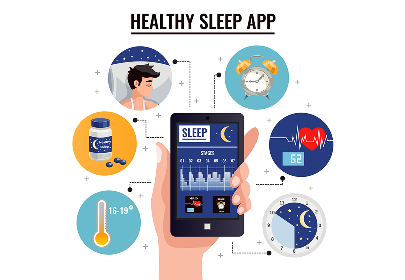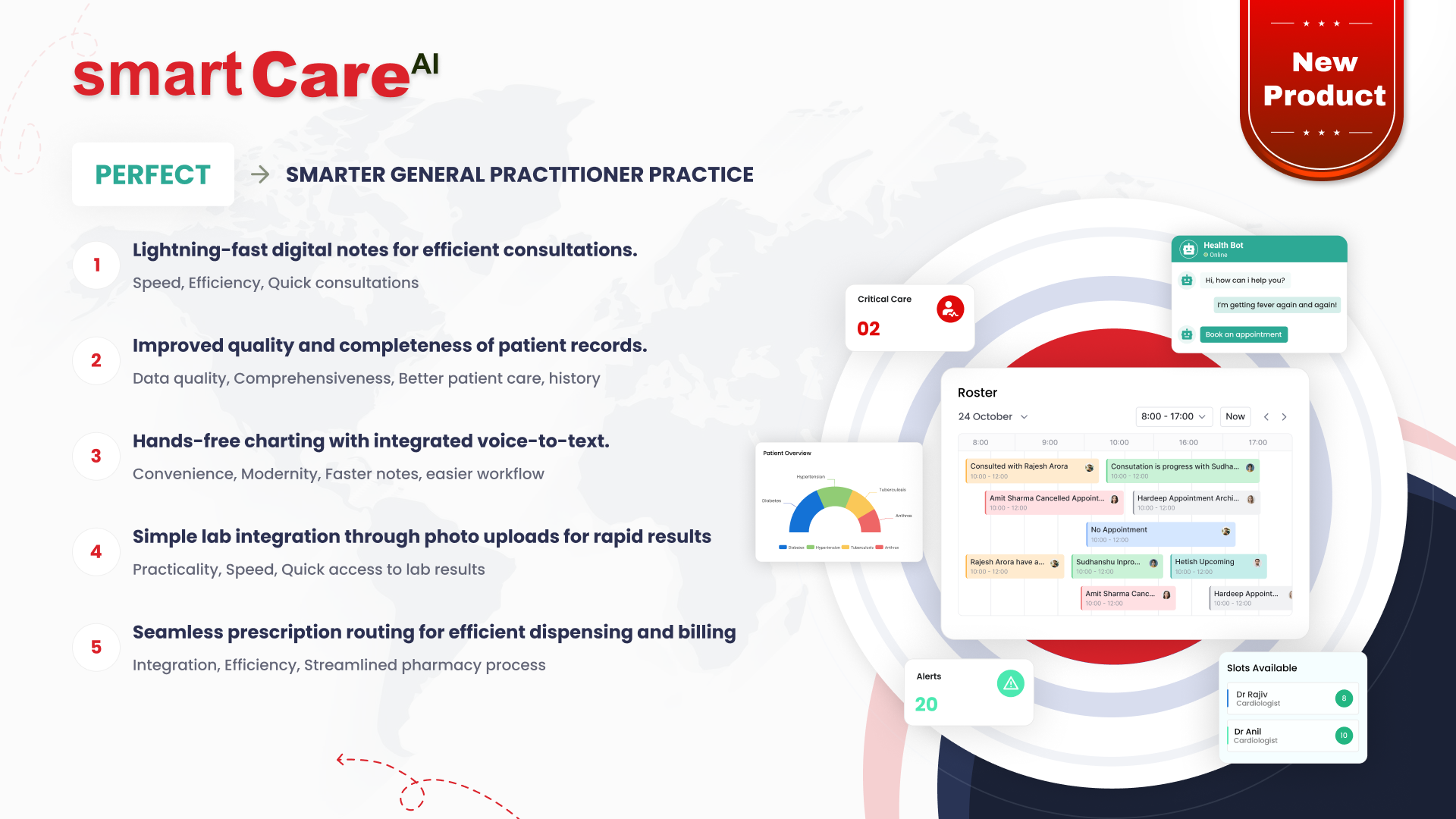Posted On May 27, 2025
How Low-Code Development is Changing the Game for Businesses
The speed at which the digital world is moving brings with it the imperative to become fast in application build and deployment. This has consolidated the rise of low-code development, one paradigm that allows any organization to build applications faster with little to no hand-coding. From startups to Fortune 500 firms, businesses have turned into speed champions epitomizing innovation with low-code platforms; these platforms also reduce IT backlogs and allow non-technical agents to take part in digital transformation.
Low-Code’s Rise
According to Gartner, by 2026, 75% of new application developments will be via low-code or no-code and from just 25% in 2020 (Gartner, 2023). This meteoric rise has been because of the ability of these platforms like Microsoft Power Apps, OutSystems, and Mendix for fast prototyping, seamless integration, and cross-functional collaboration.
Driving Forces Behind Adoption
- Speed and Agility: Low-code platforms drastically reduce development cycles. For example, Schneider Electric used Microsoft Power Apps to reduce app development time from 3 months to 3 weeks, resulting in 50% more productivity (Microsoft Case Study).
- Bridging the Talent Gap: The global shortage of skilled developers has pushed companies to look beyond traditional hiring. Low-code tools empower “citizen developers”—employees without formal coding backgrounds—to build internal apps that help reduce the suffered burden by IT departments.
- Cost Efficiency: As per a Forrester study commissioned by OutSystems, enterprises received 506% ROI over 5 years, synergizing quicker time to market with cheaper development costs (Forrester TEI Report).
Impact in the Real World
Low-code solutions are becoming essential for everything from automating paper-based processes in healthcare to optimizing supply chains in manufacturing. One prominent example is Coca-Cola Bottling Company United, which automated over 40 apps and saved thousands of labor hours yearly by replacing manual Excel-based operations with Power Apps.
Democratic Development Is the Way of the Future
Low-code development is a change in how companies view software, not just a new tech fad. It promotes inclusive innovation in which business and IT teams collaborate to develop solutions. Anticipate even greater automation and customization potential as AI-powered tools advance.
Low-code may be more than just a choice for businesses hoping to innovate without overburdening IT.








